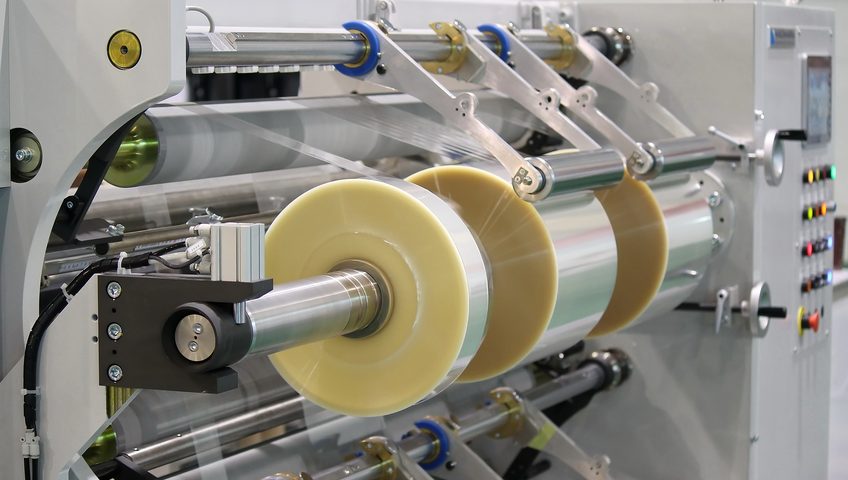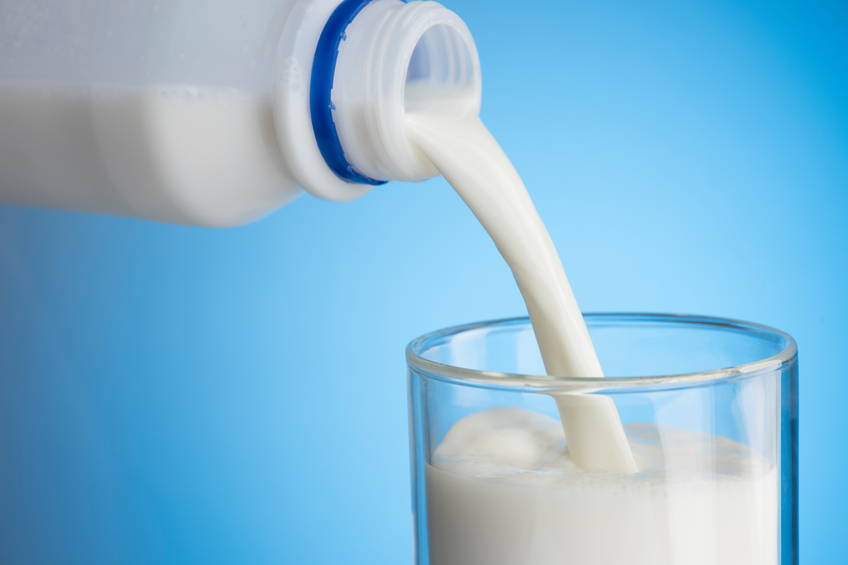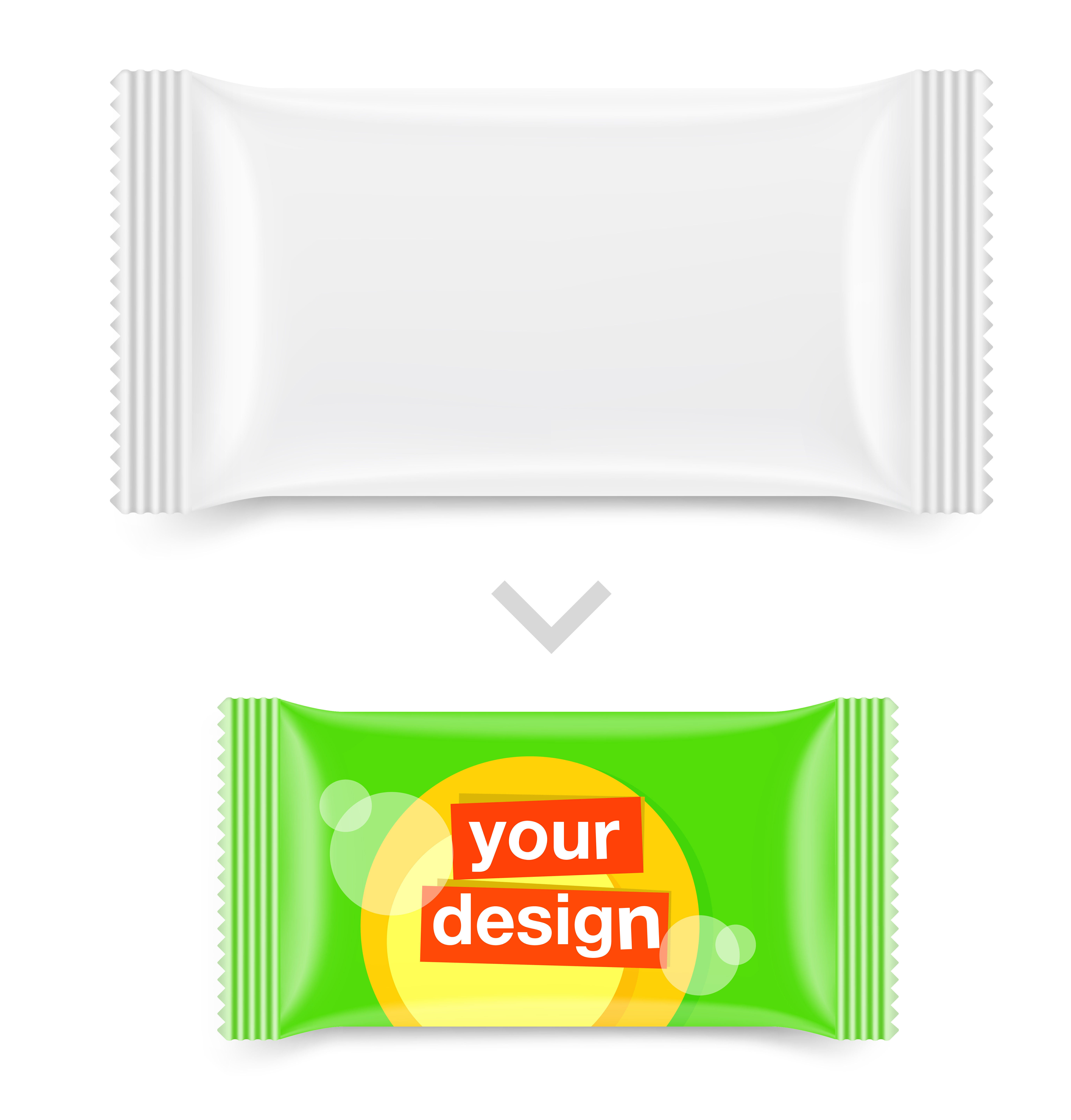The Benefits of Flexible Packaging

Mimicking the Human Form Calls Attention to Product Packaging
October 19, 2016
Packaging Made of Milk or Mushrooms
October 25, 2016We’ve written a lot about consumer trends and market demands recently, and while you certainly want to create a product and a package that will appeal to your audience, you may still need more convincing when it comes to flexible packaging. There are concerns among some that these soft packaging products will fail to protect the product within. However, you must recall that flexible packaging is not new, and has long been used for some of the most fragile products on the market. Breads and chips, for instance, are rarely packaged in anything but light-weight, flexible material.
There are many benefits to selecting food bags, instead of boxes or molded plastic packaging.
Convenience We’ve said it more than once, and we’ll continue to do so – food pouches are extremely convenient. Not just for the consumer, and for the store in which they are sold, but also for you. Your product deserves a great package. There are so many options with flexible materials – stand up pouches, resealable bags, pour spouts, and baby-friendly food pouches. You can really take your packaging designs to the next level with flexible materials.
Sticking to the Budget It’s not just the long list of options that come with flexible package printing, but also the amount that you stand to save. These bags and pouches generally cost much less per unit than boxes and molded plastic. According to several reports, a food manufacturer can stand to save up to forty percent when making the switch to flexible food packaging bags.
Longer Shelf Life You don’t have to be in such a rush to get your product to the store shelves, when you know it has a longer shelf life. Food bags are often better at preserving the food within than boxes are. Furthermore, resealable options will continue to preserve the food even after the consumer opens the bag.





